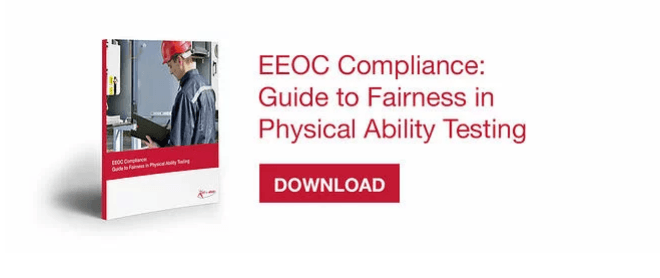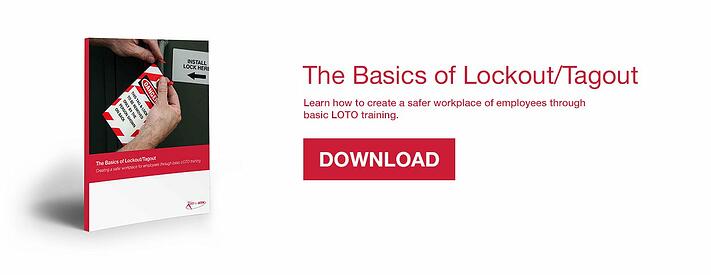Much has changed since the implementation of the Occupational Health and Safety Act of 1970. American workplaces, employers and employees, are in the midst of profound technical, legal, and social changes heading into the 21st century. All this will require massive training and re-training, to prepare workers for a rapidly changing workplace. Lack of training can mean penalties and litigation expenses—an expensive proposition for employers caught unprepared. Employee complaints led to a 2015 OSHA inspection of a Connecticut company that performs heat treatment on metal parts. The inspection resulted in citations for 24 serious violations after OSHA discovered workers were exposed to many fire, explosion, chemical, and mechanical hazards. The violations included: lack of training and not providing protective clothing and tools to employees who performed live electrical work, not inspecting a piping system carrying anhydrous ammonia, lack of a pressure relief valve on a nitrogen tank, and the improper storage of incompatible chemicals and combustible materials. The company also lacked an adequate program for confined space work and had inadequate safeguards for employees required to wear respirators. Damage to the bottom line? A $77,000 fine. In another case, OSHA issued serious and repeated citations to a home improvement company in San Antonio, Texas. Proposed penalties totaled $70,500. OSHA’s inspection found that an employee had sustained chemical burns due to lack of appropriate personal protective equipment and training for that equipment. Documentation is the solution. Organizations need to thoroughly document employee training. At minimum, these should include: Sign-in sheets (including topics, employee names, dates, and instructor names), training outlines or examples of training to show what was covered, and written quizzes to assess what the employees understood in the training. The results are in: effective training required by OSHA didn’t happen if it didn’t get properly documented!
Why Ineffective Training Is Expensive Training





